Whisky & Honey Ice Cream (new & improved recipe)
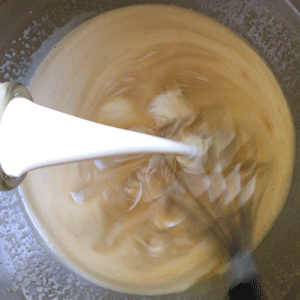 Long time readers of Triple Motion will know that Whisky & Honey is one of our favorite flavors, ever since we first cranked it amongst the windswept standing stones of Callanish on the remote island of Lewis. From that first batch, we saw Whisky & Honey Ice Cream as a superb way to express the local flavor of a region.
Long time readers of Triple Motion will know that Whisky & Honey is one of our favorite flavors, ever since we first cranked it amongst the windswept standing stones of Callanish on the remote island of Lewis. From that first batch, we saw Whisky & Honey Ice Cream as a superb way to express the local flavor of a region.
The taste of honey and whisk(e)y are both heavily influenced by their surroundings (due to local flowers, water, peat, grains, etc.), and I love to make this recipe as local as possible wherever I make it. My favorite whisky to use in this recipe is a medium smoky scotch like Caol Ila, but it is rewarding to explore the variety of whiskies made around the world. On a recent cycling trip in Nova Scotia, we made a delicious batch with locally made Rye Whiskey and wildflower honey. Yesterday we cranked a big batch at Days in Los Angeles with local clover honey and a mildly smokey whiskey from Detroit.

Over the years, I’ve felt that our recipe needs a little more balance between the overpowering nature of honey and the subtlety of the small amount of whisky that we add. For yesterday’s crank, we increased the whiskey and reduced the honey and I feel the recipe has reached a nice equilibrium.

Whiskey & Honey Ice Cream (new & improved)
Our updated recipe improves the balance of flavors.
Ingredients
- 295 g honey
- 450 g granulated or caster sugar (2 US cups)
- 4 eggs
- 1 egg yolk
- 250 mL whisky or whiskey (40-45% alc/vol) (1 US cup + 1 tbsp)
- 1420 mL whipping or double cream (3 US pints)
- 1420 mL whole milk (approximate amount) (3 US pints)
Instructions
-
Whisk together the sugar, honey, eggs and egg yolk until thick and smooth.
-
Add the cream and whisk slowly until all the ingredients are well mixed.
-
Slowly whisk in the whisky.
-
Add enough milk to reach the volume of the freezer (approximately 1.5 quarts). Stir all the ingredients until the sugar and honey are dissolved into the solution.
-
Transfer the mix to your freezer and crank until it won't get any harder. Since there is a lot of alcohol in the mix, the freezing point is much lower than normal and you'll need to crank probably twice as long. The ice cream will be soft serve when you're done cranking, so we recommend putting it in tupperware and leaving it in the freezer for a couple hours to firm up before serving. It will never get as hard as other ice creams.
Recipe Notes
This ice cream will remain at scoopable consistency in the freezer, so you won't ever need to soften it before serving. This also means that it will probably not last as long in the freezer due to its less stable structure. I recommend eating it all within a few days. That shouldn't be a problem since it's so delicious, and always ready to eat!
Note: this recipe is for a 6-quart freezer. If you have a smaller freezer, simply divide the quantities.Â

What’s the difference between whiskey and whisky? All Scottish whiskies (and some others around the world) spell the word without an e. Due to our preference for Scottish whisky, that’s the spelling you’ll usually see on Triple Motion.
What if my whisky is cask-strength (over 46% alc/vol)? If you are using whisky with a greater alcohol content, you’ll need to reduce the amount that you add to the mix, or risk a situation where the mix never freezes. Get your calculator out and do some math!
Can this ice cream get me drunk? Only if you eat a ton of it – good luck!

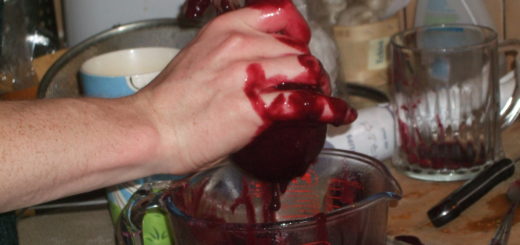
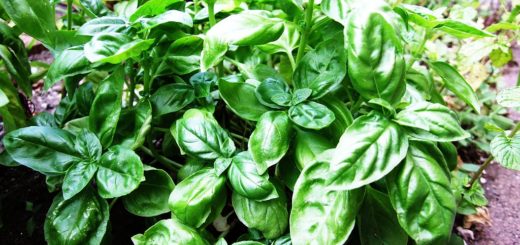
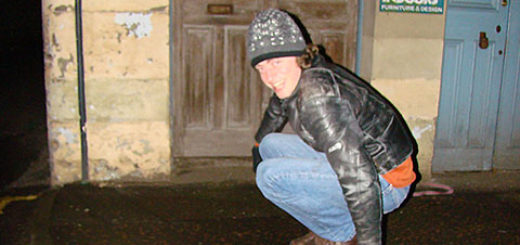
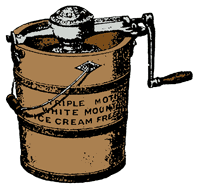
Why do you use grams for the honey and the sugar milliliters for the whiskey and Pints and quarts for everything else
Good question! My family recipe was always using cups and pints and our ice cream freezers are measured in quarts, so that has always been my starting point. But over the years, as I’ve moved back and forth between the US and UK (where cups and pints are different sizes), I’ve gradually shifted to the metric system. I prefer to use grams for dry goods and milliliters for liquids. Still there are some ingredients that tend to be sold by the pint or cup (like cream), so in this recipe I bought 3 US pint containers of cream and used approximately 3/4 of a US half gallon milk container. I included a metric conversion for the cream in the recipe, and will add one for milk now.
That leaves the question of why I used grams for the honey instead of milliliters – the reason is that I calculated the sugar proportion of honey by weight and determined how much honey to use that way. I never worked out the density of the honey, so I had not done a conversion back to volumetric. If I do this recipe again, I’ll try to add conversion for the honey, too.